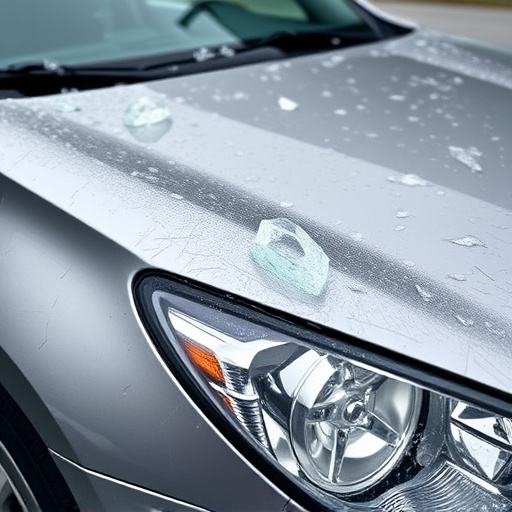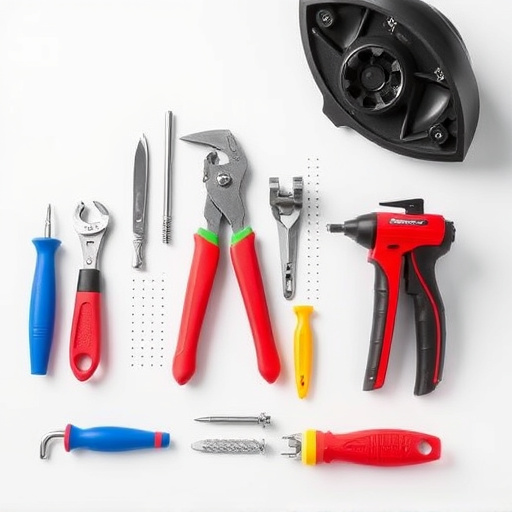PDR quality control audits rigorously inspect car bodywork services, ensuring adherence to industry best practices and safety regulations. These audits assess every stage of the repair process, from initial assessments to final touch-ups, focusing on dent removal techniques, material quality, and compatibility with vehicle makes and models. Implementing robust audit procedures is key to upholding PDR quality standards, fostering a culture of quality that enhances customer satisfaction.
In the competitive automotive repair industry, maintaining high PDR (Paintless Dent Repair) quality standards is paramount for shop reputation and customer satisfaction. This article guides you through the essential auditing process for PDR quality control. We’ll explore how to understand these audits, define crucial PDR quality standards, and implement effective audit procedures to ensure consistent excellence in your shop’s work.
- Understanding PDR Quality Control Audits
- Defining PDR Quality Standards
- Implementing Effective Audit Procedures
Understanding PDR Quality Control Audits
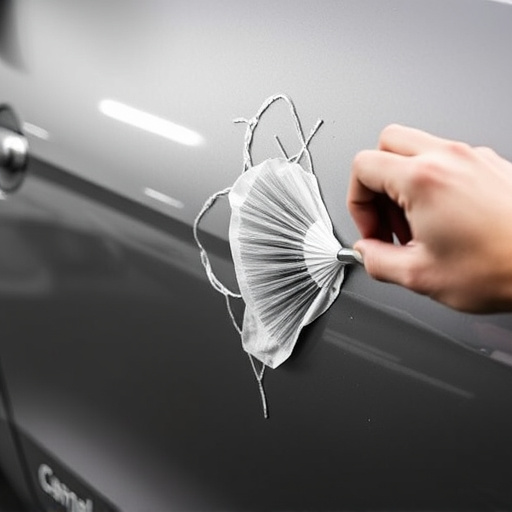
PDR quality control audits are a meticulous process aimed at ensuring that car bodywork services adhere to the highest PDR quality standards. These audits involve a thorough inspection of the repair work, focusing on techniques, materials, and tools used in dent removal and fleet repair services. The primary goal is to verify that the repairs meet industry best practices, customer expectations, and safety regulations.
During an audit, professionals examine every aspect of the bodywork repair process, from the initial assessment to the final touch-ups. They check for proper technique in dent removal, ensuring minimal scuffs or paint imperfections. The audits also assess the quality of materials used, compatibility with car makes and models, and adherence to manufacturer guidelines. In fleet repair services, where volume and speed are essential, audits help maintain a consistent level of quality despite the pressure to complete repairs promptly.
Defining PDR Quality Standards
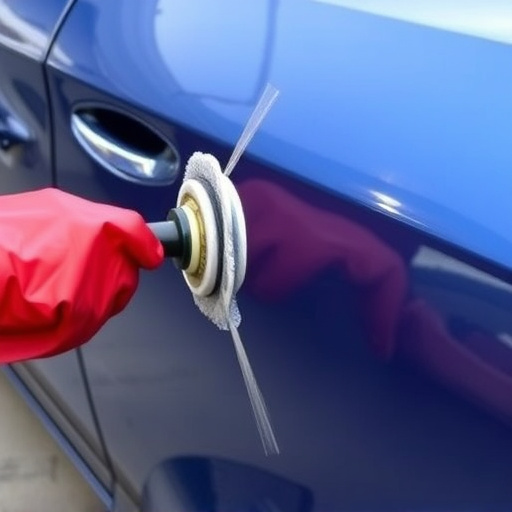
Defining PDR Quality Standards plays a pivotal role in ensuring consistent excellence within automotive body shops offering paintless dent repair (PDR) services. These standards serve as a blueprint, outlining the criteria by which the quality of repairs is measured. They encompass various aspects, from the initial assessment and planning to the final inspection and customer satisfaction.
Comprehending PDR quality standards is essential for every professional in these shops. It enables them to deliver top-tier vehicle repair services, adhering to industry best practices. By setting clear benchmarks, these standards facilitate effective communication, enhance teamwork, and ultimately result in a flawless paintless dent repair process, ensuring customer satisfaction and maintaining the integrity of the automotive body shop’s reputation.
Implementing Effective Audit Procedures
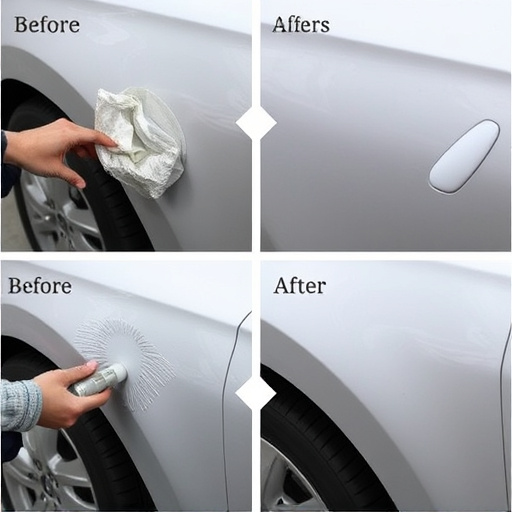
Implementing effective audit procedures is a cornerstone of maintaining PDR quality standards in car body shops offering automotive repair services. The process should be systematic and thorough, covering all aspects of the frame straightening process. This includes evaluating tool calibration, ensuring proper training for technicians, and verifying adherence to industry best practices. Regular audits not only identify areas for improvement but also reinforce a culture of quality within the shop.
Shop managers play a vital role in establishing clear audit protocols, defining criteria for compliance, and scheduling routine assessments. By integrating these procedures into day-to-day operations, they can effectively monitor the consistency and accuracy of PDR work, ultimately enhancing customer satisfaction with the automotive repair and body shop services provided.
PDR quality control auditing is a vital process for maintaining high standards in automotive repair shops. By understanding the importance of consistent quality, defining clear PDR quality standards, and implementing effective audit procedures, shops can ensure customer satisfaction and build a reputation for excellence. Regularly reviewing and refining these processes allows for continuous improvement, ultimately benefiting both businesses and their clients.




